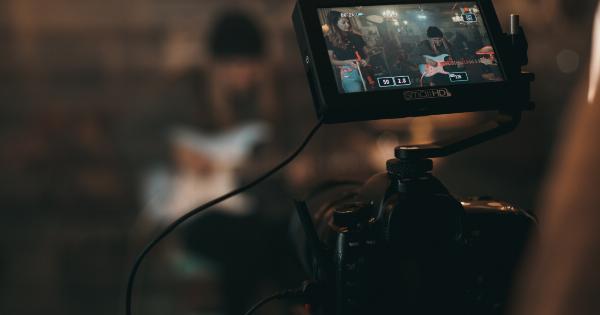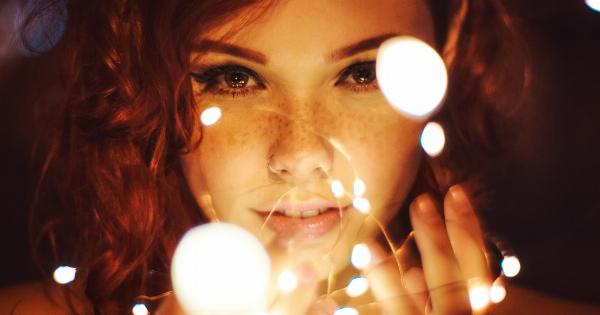Psychosis and creativity are two complex phenomena that have long captured the interest of researchers, psychologists, and artists alike.
On the surface, these concepts may seem entirely disconnected, with psychosis representing a disordered state of mind and creativity being associated with originality and innovation. However, recent scientific investigations have highlighted a fascinating link between the two: a shared genetic basis.
This article aims to explore the intriguing relationship between psychosis and creativity, discussing the evidence of their genetic overlap and its potential implications.
The Nature of Psychosis
Before delving into the genetic association with creativity, it is crucial to understand what psychosis entails.
Psychosis refers to a mental state characterized by a loss of contact with reality, marked by hallucinations, delusions, disorganized thinking, or behavior. Common psychotic disorders include schizophrenia and bipolar disorder with psychotic features.
While psychosis is often associated with impaired functioning and distress, there is growing recognition that it may also be associated with various cognitive strengths and unique experiences.
The Allure of Creativity
Creativity, on the other hand, is a multifaceted construct encompassing the ability to generate novel ideas, original insights, and innovative solutions.
It plays a fundamental role in artistic endeavors, scientific breakthroughs, and problem-solving across various domains. Creativity is typically measured by assessing divergent thinking, convergent thinking, and creative achievement. While there is no definitive consensus on what constitutes creativity, it is widely regarded as a valuable and desirable trait.
Evidence of Genetic Overlap
Recent genetic research has uncovered intriguing evidence suggesting a shared genetic basis between psychosis and creativity.
A seminal study published in the journal Nature Neuroscience analyzed over 86,000 individuals, including patients with schizophrenia, bipolar disorder, and controls. The researchers identified specific genetic variants associated with both schizophrenia and creativity, hinting at a possible underlying genetic link.
The Role of Dopamine
Dopamine, a neurotransmitter involved in reward and pleasure, has been implicated in both psychosis and creativity.
Abnormalities in dopamine signaling pathways have long been associated with schizophrenia, and certain genetic variations affecting dopamine receptors have been identified as risk factors for the disorder. Interestingly, dopamine has also been implicated in creativity. Studies have shown that individuals with high levels of creative achievement have increased dopamine release in creative tasks.
This shared involvement of dopamine supports the hypothesis of a genetic link between psychosis and creativity.
Neurological Underpinnings
Besides dopamine, other neural mechanisms may contribute to the shared genetic basis of psychosis and creativity.
Neuroimaging studies have revealed structural and functional brain abnormalities in individuals with schizophrenia and creative individuals. Both groups exhibit altered connectivity patterns in brain regions involved in cognitive control, salience processing, and perception.
These overlapping abnormalities suggest that certain genetic variations could influence the neural mechanisms underpinning both psychosis and creativity.
The Schizotypy-Creativity Connection
Schizotypy refers to a personality trait characterized by eccentric behavior, social anxiety, magical thinking, and unconventional beliefs.
It represents a milder expression of traits found in psychotic disorders, without necessarily meeting the full diagnostic criteria. Interestingly, high levels of schizotypy have been associated with enhanced creativity. It is plausible that genetic variations contributing to schizotypy traits also facilitate creativity, giving rise to the observed association between the two.
The Evolutionary Advantage
The persistence of genetic variants associated with psychosis throughout human evolution raises intriguing questions regarding their potential adaptive value.
One hypothesis suggests that these genetic variations may offer a survival advantage when present in moderate doses. For example, individuals with a propensity for psychosis may exhibit enhanced divergent thinking, enabling them to generate a wider range of creative ideas and solutions.
This advantage could be particularly beneficial in rapidly changing or uncertain environments.
Implications and Limitations
The recognition of a shared genetic basis between psychosis and creativity has significant implications for various fields.
Improved understanding of the underlying mechanisms may lead to the development of targeted interventions for psychiatric disorders without dampening creativity. Furthermore, identifying specific genetic variations associated with creativity may inform the development of personalized approaches to nurture and enhance creative potential.
However, it is crucial to acknowledge the limitations of this research. The genetic overlap observed between psychosis and creativity does not imply a causal relationship.
Additionally, creativity is a multifaceted construct influenced by various environmental and psychological factors, making it challenging to isolate genetic influences conclusively.
Conclusion
In conclusion, the exploration of the shared genetic basis between psychosis and creativity offers a fascinating perspective on the human mind.
While it may seem counterintuitive to link psychosis, a state often associated with pathology, to the concept of creativity, emerging research highlights a possible underlying genetic connection. The involvement of dopamine, neuroimaging findings, and the association with schizotypy lend support to this intriguing relationship.
Despite the limitations, continued investigations into the genetic overlap between psychosis and creativity hold promise for shedding light on the complexities of both phenomena.






























